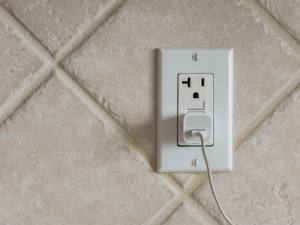How Bad is Mold in Your Home?

Mold in Your Home: Understanding the Risks and Solutions
Mold in your home is not just a cosmetic issue; it can pose serious health risks and structural problems within your home. While a little mold in the shower grout might seem harmless, the truth is, mold can thrive in various areas of your home, including walls, ceilings, and even hidden spaces like behind drywall or under carpets. The presence of mold indicates excess moisture, which not only creates an unsightly environment but also serves as a breeding ground for bacteria and allergens.
One of the primary concerns with mold is its impact on health. Mold spores can trigger allergic reactions, respiratory issues, and in some cases, even more severe health complications, particularly in individuals with existing respiratory conditions or weakened immune systems. Prolonged exposure to mold can lead to symptoms such as coughing, sneezing, skin irritation, headaches, and fatigue. Moreover, certain types of mold, such as black mold (Stachybotrys chartarum), produce mycotoxins that can be harmful when inhaled or ingested.
Beyond health concerns, mold can also compromise the structural integrity of your home. Mold growth can weaken wood, drywall, and other building materials, potentially leading to structural damage over time. Additionally, mold can cause staining, warping, and deterioration of surfaces, which may necessitate costly repairs or renovations. Moreover, if left unchecked, mold can spread rapidly throughout your home, making remediation efforts more challenging and expensive.
Fortunately, there are steps you can take to address mold issues in your home. Proper ventilation, controlling indoor humidity levels, promptly addressing water leaks or moisture buildup, and regular inspection and cleaning of susceptible areas can help prevent mold growth. In cases where mold is already present, professional mold remediation may be necessary to safely and effectively remove the mold and prevent its recurrence. By understanding the risks associated with mold and taking proactive measures to mitigate them, you can ensure a healthier and safer living environment for you and your family.
If you find mold in your home in Santa Clara County or have any concerns, we can help answer your questions. Give us a call for a free consultation.



